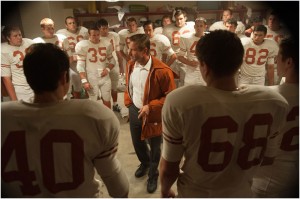There’s a scene in the movie The Right Stuff which takes place during the first few months of “the Space Race” after Sputnik was launched. An American muses, “Why do our rockets always blow up on the launch pad?” or something to that effect. I would have had the same question, seeing as how America was still an industrial giant and the world leader in technology. How could Russian rocket scientists be enjoying more success than ours, especially in a country like the USSR where people capable of creative thinking are among those targeted and routinely murdered by the state?
I’ll bet I have the same kind of frustration those late ’50s rocket scientists had. How is it that smart, hardworking, independent thinkers are consistently outperformed at cinematic storytelling by the left-wing hive mind? Why do our movies always suffer poor story telling, cheesy dialog and generally inept suspension of disbelief?
The first couple minutes of Amerigeddon are promising. But then the primary villain was introduced and my cringing began. But I didn’t cringe because of how eeee-veel the bad guys are. The ensuing conversation is corny enough to embarrass a B-Movie Nazi, and it doesn’t get better from there.
Unfortunately, some of the characters are soldiers in the 101st Division. I say unfortunately because the film makers evidently did not bother to recruit a technical advisor with some basic military knowledge. I suppose they get things wrong no worse than most movies and TV shows with alleged military elements, but this is a big taboo for me. I wouldn’t try to shoot a film about doctors or stock brokers without consulting one or more. With all the veterans out here, there’s no excuse for getting the basics so utterly jacked-up.
The plot is fairly weak, though I have seen worse. The hero confronts a Congressional committee about our state of helplessness in the case of an ElectroMagnetic Pulse (EMP). One wonders what he hoped to accomplish, other than get himself placed on a Domestic Terrorist (“red”) List. The politicians ignore the warning and make veiled threats against the hero.
The EMP occurs once all the exposition is established. A few of the characters know it’s an EMP from the moment the lights go out. Meanwhile, the “soldier” character realizes that the US Army has been subsumed by the UN, and deserts. The rest of the movie depicts a small conglomeration of family and friends retreating to the safety of the rich prepper hero’s backwoods retreat; then fighting off an attack by UN troops in a slipshod, lackluster climactic sequence.
Filming the climactic scenes was probably more exciting than watching them is.

Even though the producer is a millionaire, and millions probably went into making this film, it comes off as very low-budget. With the right choices, that wouldn’t have been as obvious. But no budget is big enough to compensate for what coulda’/shoulda’ been straightened out in the screenwriting stage.
I wanted this movie to be good. It is not.
The only people who will cut this movie some slack are those like me who appreciate what the film makers were trying to do. Watching it is not going to change anyone’s mind, or nudge fence-sitters into an epiphany…because the glaring problems result in a total package which doesn’t come off as believable.
The culture war is not a fair fight. The left has been sneaking their messages into entertainment for a long, long time. They could afford to be subtle because they had so much time to program the minds of the masses, and almost nobody called them out for it (before the Internet came along, anyway). Most people alive today have had The Narrative spoon-fed to them for all their lives. We can’t boil frogs the way they have, for a number of reasons.
And frankly, we are running out of time. We haven’t yet felt the bite of efforts like “Net Neutrality,” just as the “greatest generation” didn’t suffer the full consequences of the New Deal until it could be blamed on convenient scapegoats (like the free market itself), and like the Great Recession and “housing bubble” didn’t manifest until their architects were retired and could safely blame their successors. And like the catastrophic effects of Obamacare won’t be fully felt until Hussein is duly whitewashed, canonized, and (with the media’s willing assistance) can blame his political rivals. But even beyond “Net Neutrality,” Hillary has hinted at her intent to shut down the alternative media. A clear violation of the law she will swear to uphold and defend, but who is going to hold her accountable to her oath–the FBI? The DOJ? The Supreme Court? Congress? You?
Yeah, just like Obama has been held accountable.
Ahem. So with time running out, we can’t plant little seeds like the left did over the course of generations. Besides, they were virtually unopposed while we have opposition everywhere. When it comes to the arts, the left has an overwhelming numerical advantage. When it comes to film, TV, video games and other expensive arts, they have every conceivable advantage (other than their Narrative itself, which is built with and on lies, and routinely contradicts itself).
So what can we do?
I’ve drifted too far off-topic already. This movie will not win hearts and minds.
Below is a link to some speculative SHTF tales that are much better (though the plausibility of the Red Dawn remake is questionable).


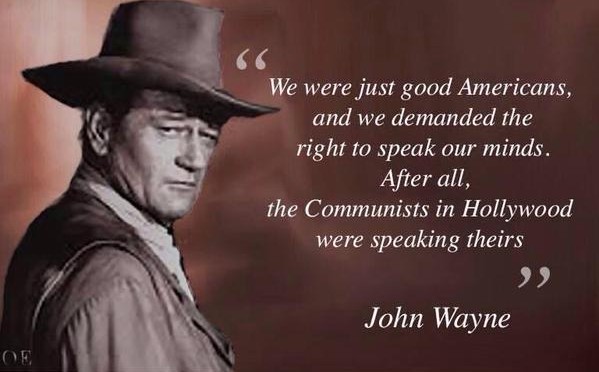
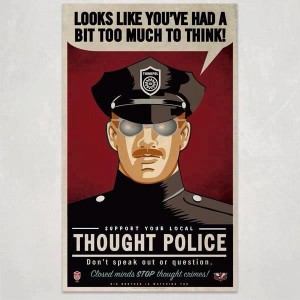 orst. It’s intentionally insulting, first of all–no doubt a ploy to get an emotional rise out of me (all the more reason for me to not take the bait, I suppose, but c’est le guerre). And it’s also intentionally misleading, by somebody who evidently didn’t read the book. It’s got all the fingerprints of an SJW troll attempting to protect unwashed brains around the world from a counter-narrative.
orst. It’s intentionally insulting, first of all–no doubt a ploy to get an emotional rise out of me (all the more reason for me to not take the bait, I suppose, but c’est le guerre). And it’s also intentionally misleading, by somebody who evidently didn’t read the book. It’s got all the fingerprints of an SJW troll attempting to protect unwashed brains around the world from a counter-narrative.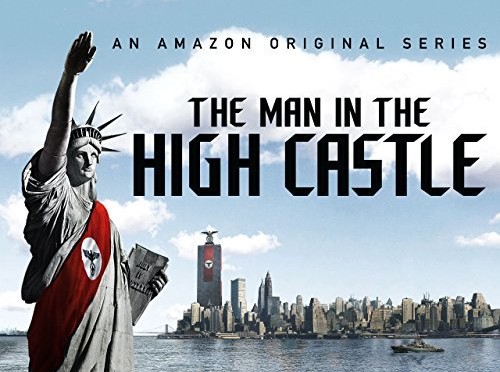

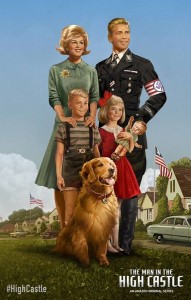
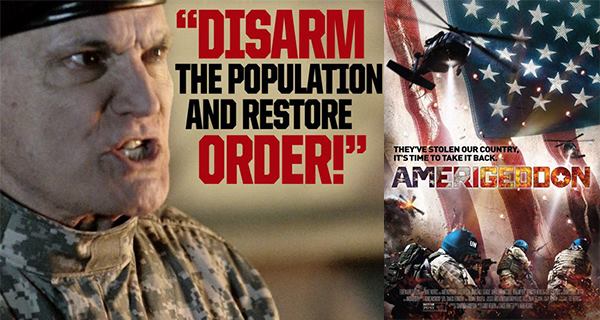

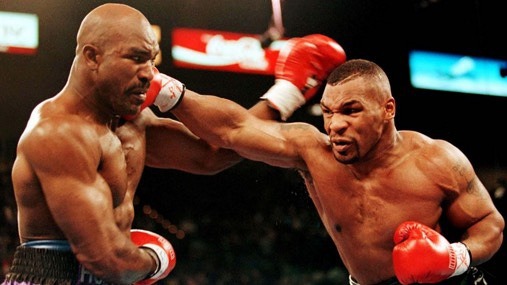
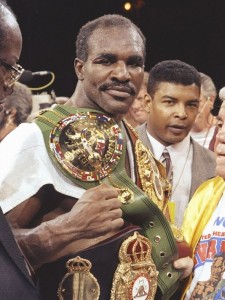
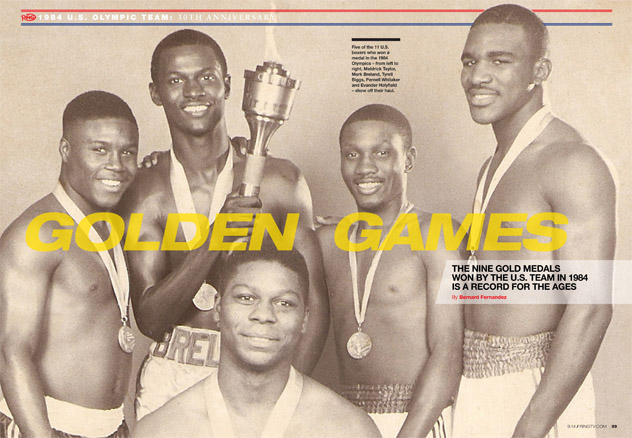
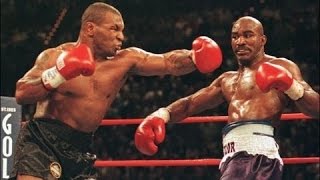 disagree with many assessments offered, and am disappointed that many facts are missing or touched on so briefly as to seem irrelevant.
disagree with many assessments offered, and am disappointed that many facts are missing or touched on so briefly as to seem irrelevant.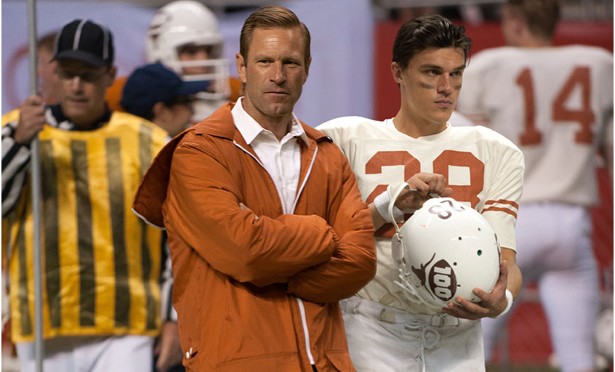
 her, while working two jobs to support the family, pushed Freddy to relentlessly expand on his talent with rigorous conditioning. His mother (a stay-at-home mom, it seems) was on-board with her son’s disciplined upbringing, complimenting her husband’s stern agenda with loving encouragement.
her, while working two jobs to support the family, pushed Freddy to relentlessly expand on his talent with rigorous conditioning. His mother (a stay-at-home mom, it seems) was on-board with her son’s disciplined upbringing, complimenting her husband’s stern agenda with loving encouragement.